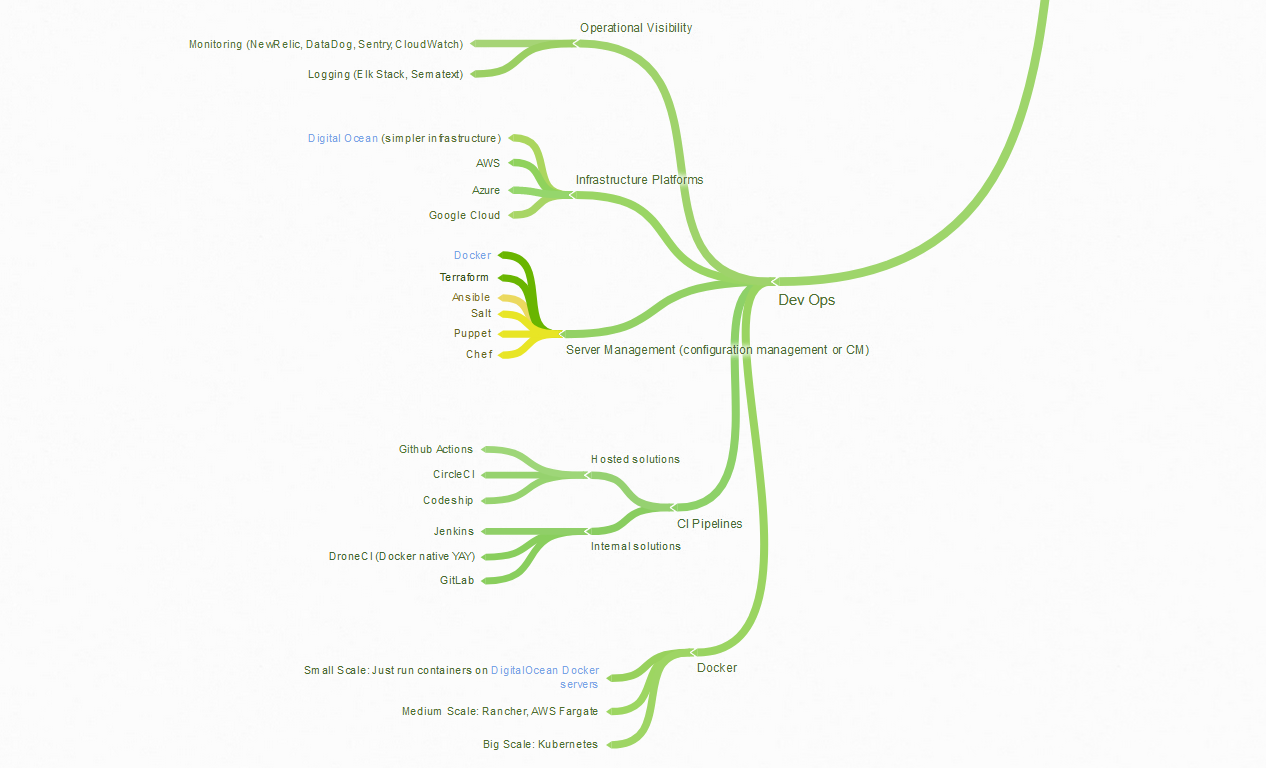Modern DevOps and the 24 Hour Blog
I’ve been told for a long time that in this day and age, there is no excuse for not building your own website.
Commonly, I’ve used the excuse of simply not having enough time to invest in the experiment. After all, building a website from scratch (without the use of WordPress and the likes) is a deeply complicated, convoluted process.
In some ways its easy to learn, but almost impossible to master everything that goes into making a website that not only works, but works well, look nice, and doesn’t break. Paradoxically, the farther the frontend and backend development worlds accelerate, the more technology they invent to make websites better, the harder it is to start learning about how to actually do any of it.
Fortunately for us, the frontend and backend developer’s world isn’t the only field that has made incredible strides over the past decade.
Here we are in 2020, and the options available to cut out deployment complexity is astonishing.
It is with this information in mind that I decided to create this blog. It took less than 24 hours from conception to final deployment, with no prior knowledge about the tools available aside from simple Googling. Here is the GitHub repository where my code for the website is stored.
This article is a highlight of how modern DevOps technology has enabled the fast, free production of simple websites.
Rather than simply list all of the options available for development and deployment (which would take a long time and not be simple at all), I will simply trace my personal journey in this project, from conception to final product.
For this blog, after some short research, I decided on building my website off of the Gatsby project, which is a frontend “static” website generator powered by cutting edge web development technology like React.js and GraphQL.
Rather than requiring intimate knowledge of any of these technologies, most Gatsby “starters” (as they are called) give you the ability to add new pages simply by adding a plaintext file to a particular folder. Here is a link to the file on my repository that’s rendering into the blog post you’re reading right now.
Getting this project up and running was as simple as having Node.js installed from the official Node website and running the following commands.
npm install -g gatsby-cli
gatsby new knox.codes https://github.com/alxshelepenok/gatsby-starter-lumen
cd knox.codes
npm run developThese four commands:
- Install the Gatsby command
- Download the starter template I chose into a new folder and configured it for me
- Moved my current context into the newly created knox.codes project folder
- Built the website and started up the interactive development server
Now, I was able to make edits to the markdown files in these folders to see my newly changed website, updated in my browser automatically and side-by-side.
That was it. Minus some other minor tweaks, that was all it took to get my website fully developed. No code necessary.
Lastly, to deploy my website to my domain, knox.codes. For this, my Gatsby project already had a built-in integration with a deployment service called Netlify.
What this actually means is that I followed this guide for approximately 5 minutes and then my website was up and running on my domain, just like I needed it to be. I won’t go into too much detail, but once I had configured my Netlify account for free, I can automatically update my website in under 5 minutes by typing the following to commit my changes:
git commit -a -m "new changes"
git pushEverything else is automatic.
If there’s anything this experience has taught me, its that yes, I should have developed my own website much sooner. Hopefully now, you will too.
